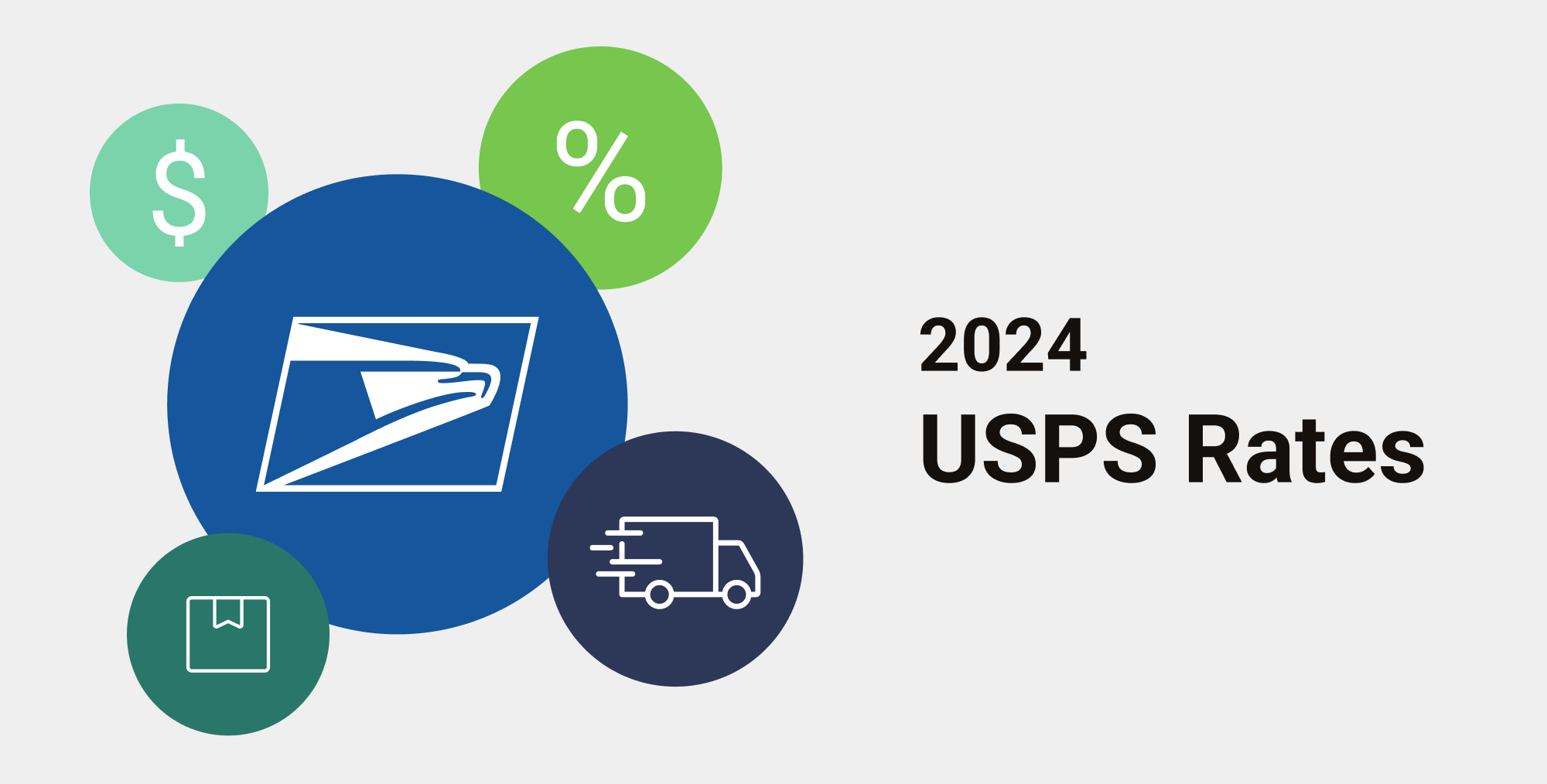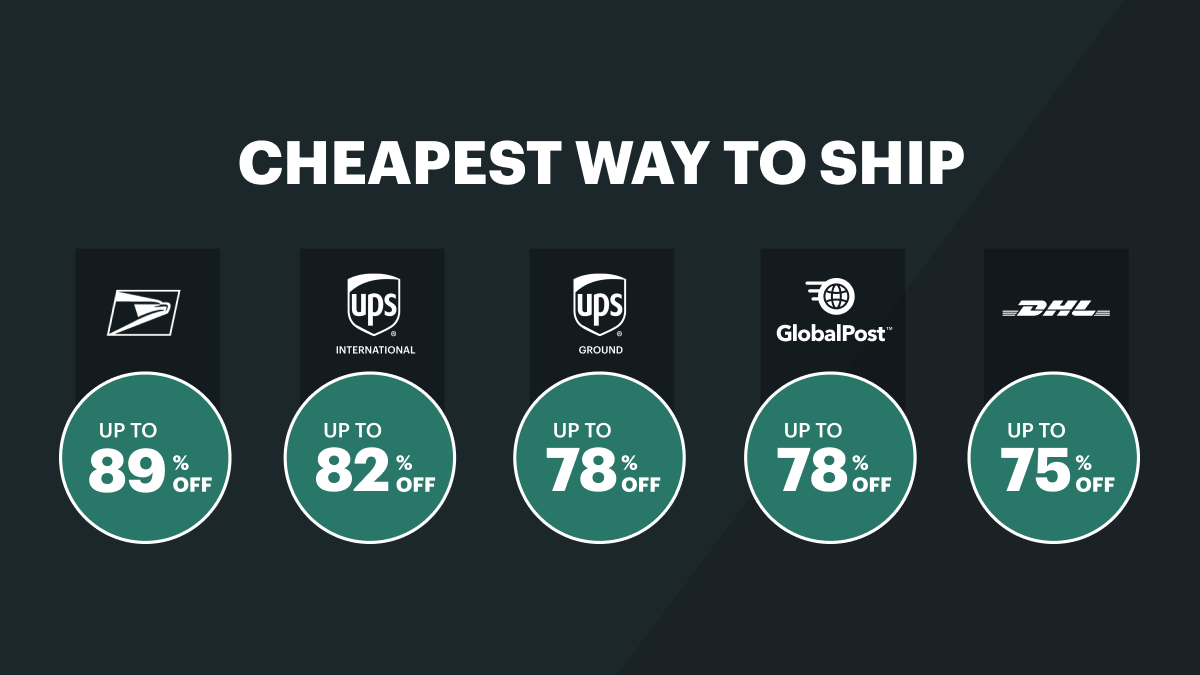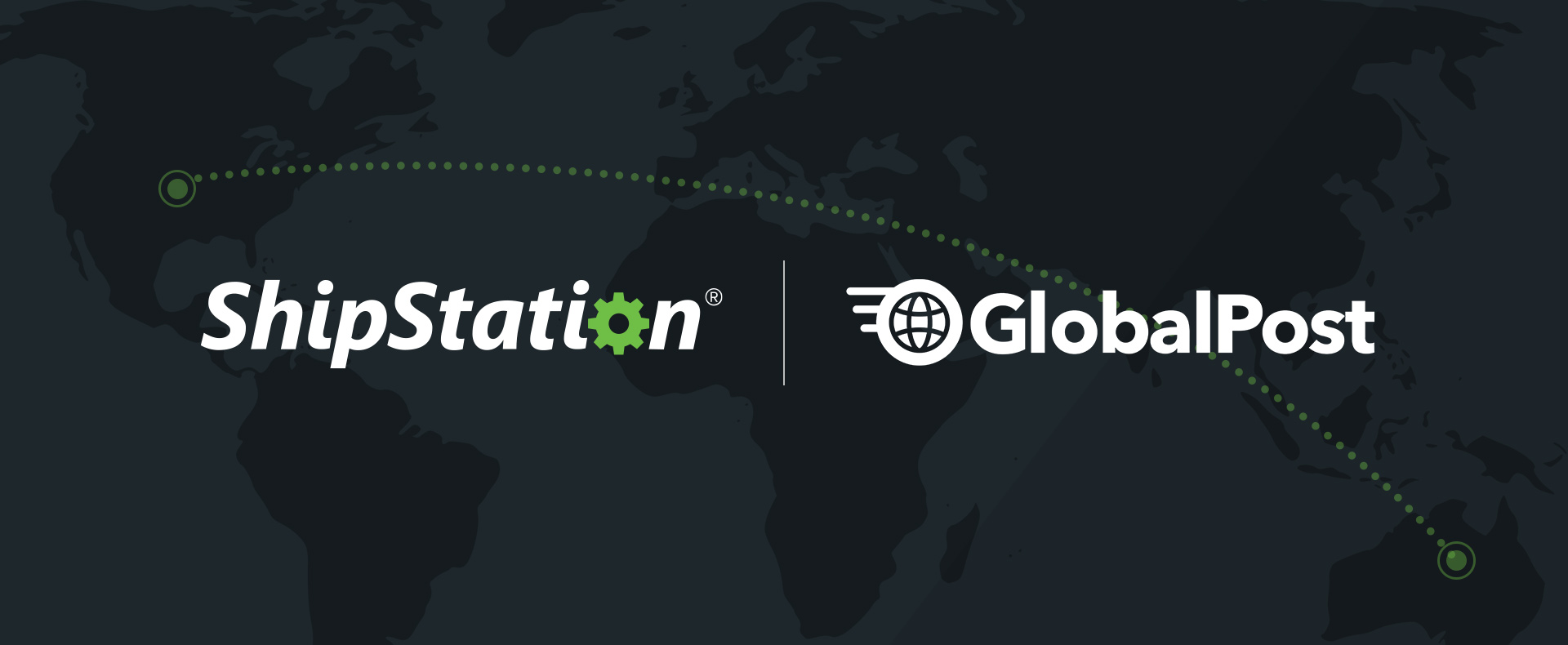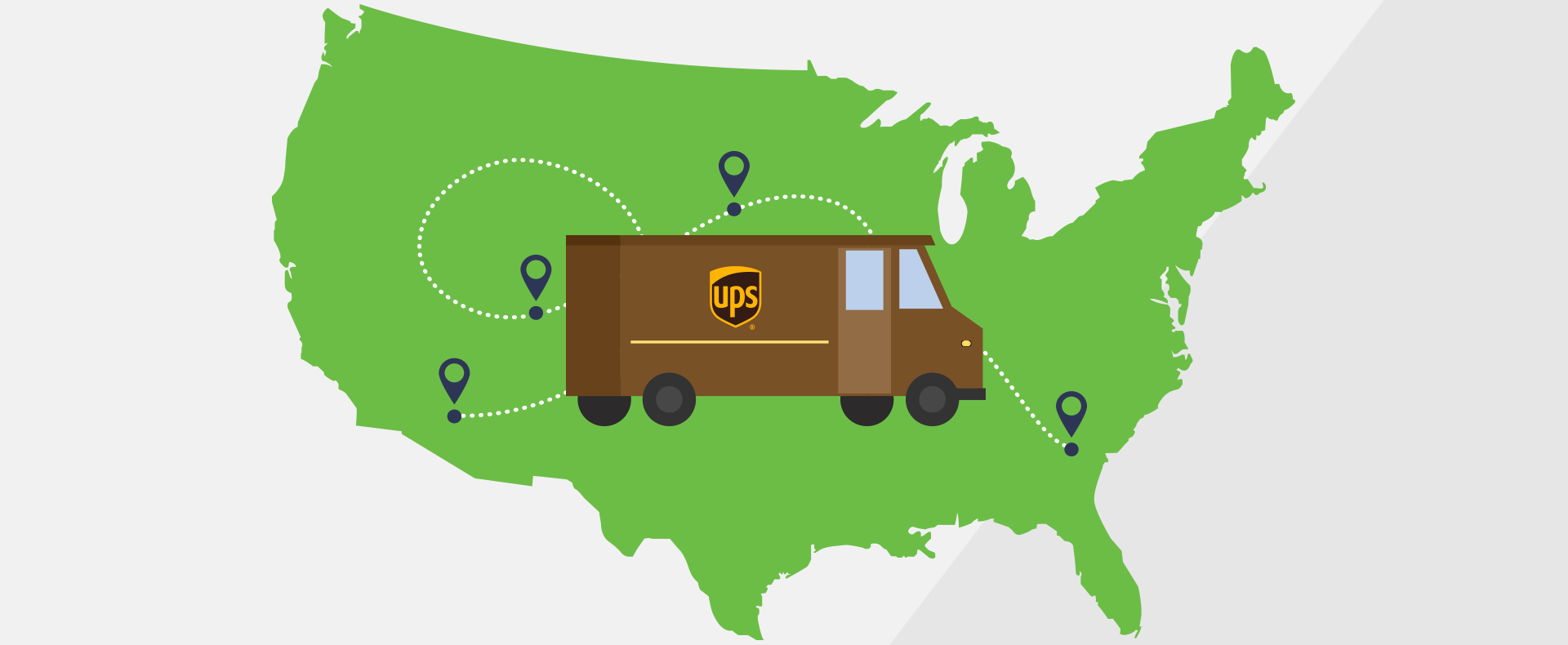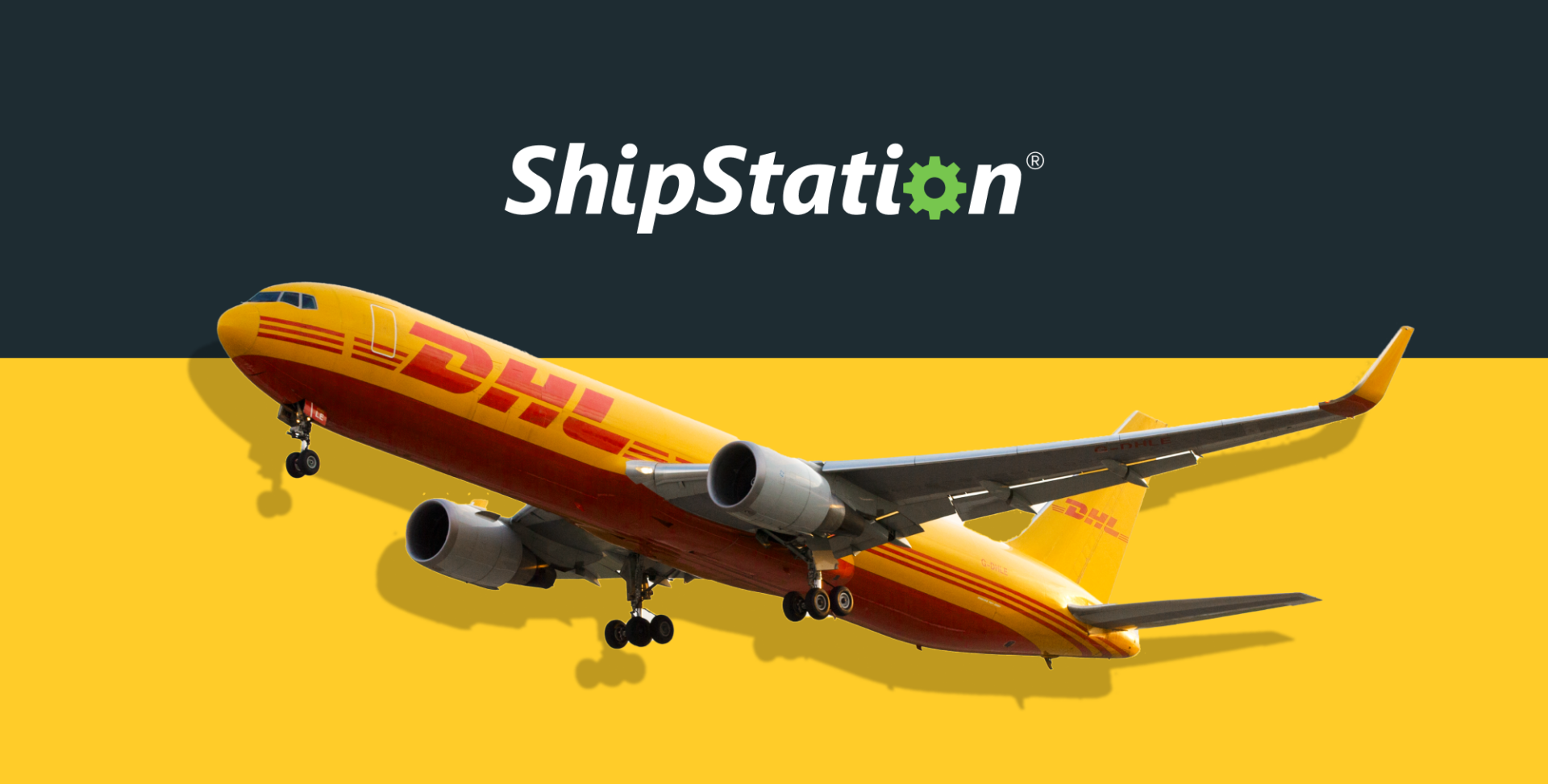Fulfillment by Amazon VS Seller Fulfilled Prime: Compare Your Options
As Amazon Prime continues to grow in popularity, selling on the platform can be a game changer for online retailers looking to increase sales. If you decide to be an Amazon Prime seller, you have two shipping and fulfillment options:
- Fulfilled by Amazon (FBA)– Amazon stores and ships your products for you
- Seller Fulfilled Prime (SFP)– You (the online seller) are responsible for shipping and fulfilling orders
ShipStation user, Art of Words, a word art print company in Philadelphia, sells on Amazon using Seller Fulfilled Prime. Marc Berman, Office Manager of Art of Words, talked to us about the importance of selling on Prime and the process the company went through to qualify for Seller Fulfilled Prime.
Why Selling on Prime Is Important
“We wanted to be on Prime because it attracts a lot of customers. You really miss out if you’re not on Prime. Once we got on Prime, we saw a big increase in sales and in our Amazon ranking,” shares Marc Berman.
On average, Amazon prime sellers can expect to see a 30 to 40% boost in their sales after moving from Amazon to Amazon Prime status. Amazon Prime subscribers love the special discounts and free shipping that come along with their membership. Not having your products on Prime is a missed opportunity to increase revenue.
Here are some statistics about Amazon Prime members:
- 68% of Prime members make online purchases at least once a week.
- 64% of American households are Prime members.
- Prime members spend around $1,300 a year on Amazon while non-members spend only $700 a year on average.
The numbers speak for themselves. Prime members are a loyal and high-spending group that your business needs to tap into.
What Is the Difference Between FBA and SFP?
As mentioned, there are two options for selling on Prime: Fulfilled by Amazon (FBA) and Seller Fulfilled Prime (SFP).
With the FBA option, Amazon takes care of the picking, packing, shipping, storage, returns, and customer service of your Prime-eligible products. Amazon selects several of its warehouses for you to send your stock to based on where in the country people are most likely buying your products. From there, Amazon takes care of everything for you, making it a low-maintenance option. The downside? There are several FBA fees that make it more costly to sell. This will be discussed in great detail in a later blog post. Learn more about FBA and how you can begin selling.
Choosing SFP lets the seller stay in charge of storage, packaging, and shipping, while still offering Prime services to members. According to Amazon, sellers with SFP are earning more than FBA sellers and third-party sellers, experiencing a boost of 50% in profit and ROI. However, big rewards come with big responsibility. Amazon requires that sellers with SFP meet and maintain certain standards, including a 98.5% on-time shipment rating and a 1.5% or less order cancellation rate.
What is Fulfillment by Amazon?
With the FBA, Amazon takes care of the picking, packing, shipping, storage, returns, and customer service of your Prime-eligible products. Based on where in the country people are most likely to buy your products, Amazon selects several of its warehouses for you to send your stock to. From there, Amazon takes care of everything for you, making it a low-maintenance option. The downside? There are several FBA fees that make it more costly to sell. This will be discussed in greater detail in a later blog post. Learn more about FBA and how you can begin selling.
What is Seller Fulfilled Prime?
Choosing SFP lets the seller stay in charge of storage, packaging, and shipping, while still offering Prime services to members. According to Amazon, sellers with SFP are earning more than FBA sellers and third-party sellers, experiencing a boost of 50% in profit and ROI. However, big rewards come with big responsibility. Amazon requires that sellers with SFP meet and maintain certain standards, including a 98.5% on-time shipment rating and a 1.5% or less order cancellation rate.
How Do You Register for SFP?
“Art of Words was selling on Amazon as a regular seller for about nine months. We had high shipping rates, and Amazon notified us that we were qualified for Seller Fulfilled Prime. Once we contacted them back expressing our interest, Amazon went over the requirements and set everything up for us,” says Berman.
Luckily, there is more than one way to enroll for SFP. Rather than waiting for Amazon to personally contact you to register for the program, you can do it yourself.
First, you must have a Professional Seller account on Amazon and gain eligibility for Amazon Premium Shipping. To qualify, you must meet or exceed the requirements for Amazon Premium Shipping for 30 consecutive days. These are the requirements according to ShipStation partner SPS Commerce:
- An on-time delivery rate of at least 92% for Premium Shipping Orders
- A valid tracking ID for at least 94% of Premium Shipping Orders (UPS, USPS, FedEx, or OnTrac)
- A seller-initiated cancellation rate of less than 1.5% for Premium Shipping Orders
If you meet these requirements, you can start the Seller Fulfilled Prime Eligibility trial. This requires that you complete 200 Prime orders with a 99% on-time shipment rate and a cancellation rate of less than 1%. For more details, SPS Commerce gives a step-by-step guide on how to register for SFP and information about the trial period.
How Do You Register for FBA?
Just like enrolling into SFP, FBA requires you to first have a Professional Seller account on Amazon. Once enrolled, you are automatically registered for FBA. As you start listing your products, the only requirement needed from you is to choose the FBA choice as your shipping method to have Amazon fulfill your orders.
Moving Forward
Whether you choose to sell through FBA or SFP, Amazon Prime is essential for your ecommerce company to thrive on Amazon. If your products on aren’t on Prime, you’re likely missing out on significant sales. We’ll cover the pros and cons of Seller Fulfilled Amazon Prime in an upcoming post.

